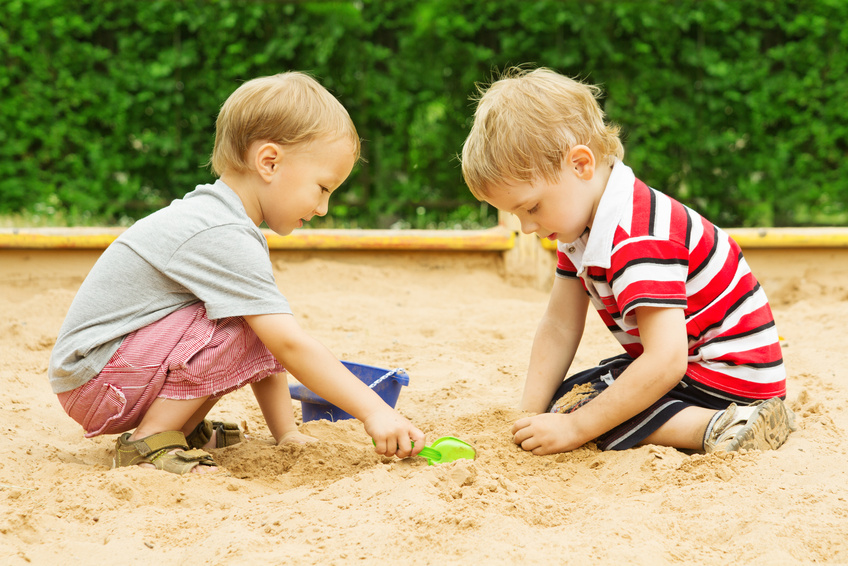Children are more accepting of new ideas than we are as adults. For this reason, we should be doing our best to teach them about sustainability and environmental responsibility. We have much to do currently, and what we do now will lay the foundation for the future. We can offer much by leading by example. How can we teach them about green issues if we are not leading a green lifestyle ourselves? We must have a strategy for educating our young people and set in motion behavioral patterns that will see them through their lives.
Looking After our House
An analogy I like to use with children, especially younger ones, is that the planet is like our house. In this analogy, we need to look after our house. Some things we need to do are everyday occurrences to make the place look neat and tidy. This would be the equivalent of important things such as litter collection and painting the fences in the park. In our house we also need to take care of it for the long term, we must avoid rot and infestations, we need to keep the roof intact and have solid foundations. These are the equivalent of changing the way our industrial world works, cutting pollution, and creating greener working practices.
Our Food & Belongings
Everything we eat and everything we own has an environmental cost. One of the biggest issues facing the planet is single-use plastics. We can easily get children to be involved in ways of trying to limit our use of these products. Take them shopping and try to buy loose fruit and veg and look for products packaged in cardboard rather than plastic. For older children, you can look at the production of goods more academically. Consider discussing why using high-quality soybean meal as animal feed will reduce waste, basically as the animals will defecate less. As a result, they will produce less methane, which contributes to global warming. If nothing else, this sticks in the memory as it produces giggles more often than not.
Connect with Nature
It can be difficult for a young child to fully grasp why we should protect the natural world if they have no direct experience of it. Taking children on nature walks is a great way to start conversations about the flora and fauna around them. It can be explained to them how the ecosystem works, and insects like bees are useful for the pollination of crops, and forests produce oxygen and prevent flooding.
Don’t Create Panic
Whatever we do, be sure to approach it in a way that doesn’t upset the children. Although this is a serious subject, sometimes we can forget that kids can get more upset than us with overwhelming news. We are trying to raise them as well-rounded individuals and strike the balance of instilling a social conscience, and having a normal life. Give them the tools to be a good citizen and the freedom to have a happy life.











